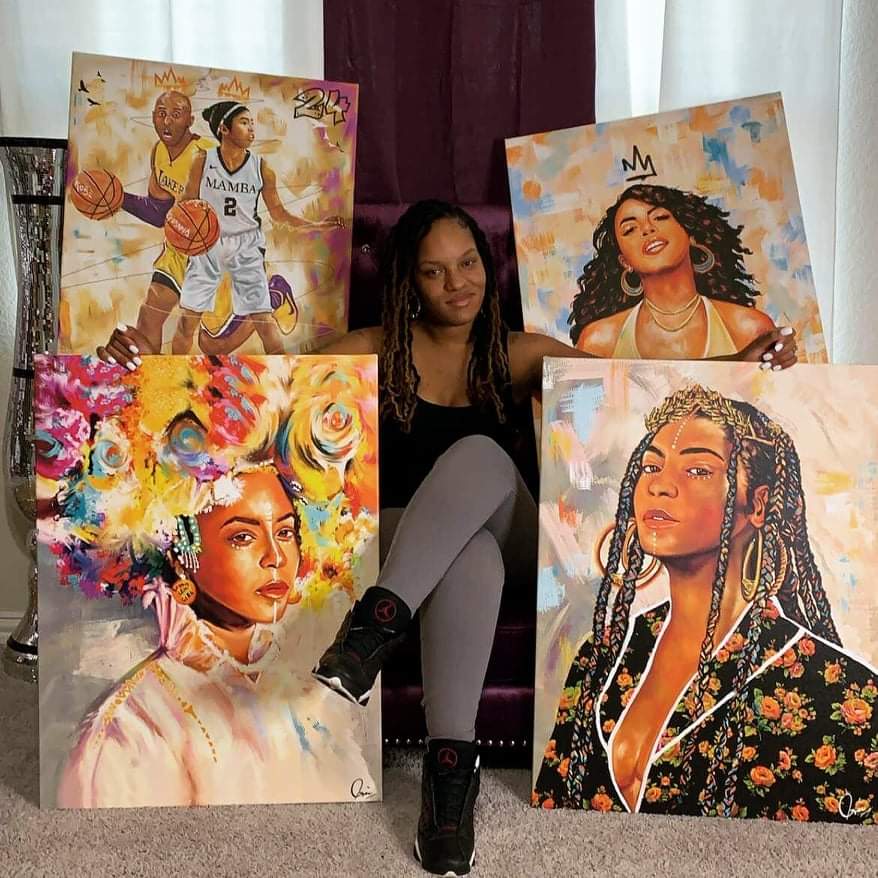We are two women. Both women of colour, both lawyers, both who have collectively put in a couple of thousands of hours of volunteer work for our communities.
Both have had to work hard to create a space for themselves. One is the first woman of South Asian background to be elected the Vice President of any Law Society and the other had the potential to be the first Federal Parliamentarian of Vietnamese heritage.
Yet we are struggling to shatter the double-glazed glass ceiling that women of colour face. Many women of diverse backgrounds like us are well qualified, hard-working, conscientious and community-minded. But we have to work doubly hard to prove ourselves, our mistakes are picked up and scrutinised more so than others and our efforts are constantly undermined.
We are not often directly told to go back to where we came from. These kinds of racist attacks mostly happen on the street, by an unknown person, and not in the professional legal, board and political circles that we frequent through work. But what happened last week, without really saying that, meant exactly that.

Former Prime Minister Paul Keating’s comments are a testimony to the devaluation of the talents of women of colour in discounting them as well-meaning intentions that cannot ‘ever get there. So if we can never get there because we are not good enough compared to our more privileged compatriots, where does that leave us? Should we just pack our bags and go back home to achieve our ambitions? But wait, this is home.
When we have such rhetoric from a former Prime Minister, it validates, albeit, unfound, sentiments of many who think we are incompetent, inferior and unworthy of leadership positions. This is not the first time it has happened. We are constantly excluded from contributing to anything meaningful, sometimes deliberately, sometimes unconsciously.
We are continually sidelined for leadership opportunities. If we raise issues, we are trouble-makers, if we bring a diverse viewpoint, we are not considered team players, if we seek a leadership position, we get comments about spreading ourselves too thin and our competence is constantly scrutinised.

Achieving diversity targets means more than just replacing white men with white women. The excessive focus on gender equality creates greater inequity for women of diverse backgrounds. Whereas quotas and targets are set for gender equality, there are no such quotas for cultural diversity. Institutions may appear to have met their goals for diversity if they have appointed enough women in leadership positions, but that completely ignores the need for an intersectional approach to diversity.
No matter how much you sympathise, you can’t equate acquired experience with lived experiences. It is similar to the distinctions made between ‘Asia capable leaders’ and leaders of Asian background. The former has acquired theoretical and perhaps limited practical knowledge whereas the latter has lived and breathed the experiences.
To suggest that the level of understanding of issues facing the Asian communities is the same for both, is preposterous and delusional, particularly for political representation that also requires a certain level of connection with the community you represent.
On the topic of political representation, the imposition of an Anglo-Celtic candidate who does not reflect the community they seek to represent and has little to no connection to that community is an added level of privileged arrogance stemming from the belief that marginalised minority communities lack the evolution to understand what is best for them.
But unfortunately, this is not the first time local voices have been stymied by so-called faceless men, nor will it be the last (for any party). Till a commitment is made to move away from the monochromatic view of diversity, it is unlikely that we will see this double-glazed glass ceiling for women shattered.
We often hear, ‘You can’t be what you can’t see”. But we’ve been invisible for too long. We’ve been underrepresented, sidelined and underestimated. We may not feel a small ripple, but no one can miss a tsunami. The waves of change will continue to smash the hegemonic systems that have been stacked against us women, particularly women of colour, for centuries.
It will take all of us to keep fighting. Together, we will ride the wave into a better and brighter future for all women and girls from all walks of life.
“We are not free while any woman is unfree, even when her shackles are very different from our own.”
Authors:
Molina Swaroop Asthana: Commercial lawyer and Co-founder and lead Victorian Convenor of the Asian Australian Alliance.
Tu Le: Program Director at Migrant Employment Legal Service, the Co-Founder of The Youth Co-Lab, and a Youth Leader at the Vietnamese Buddhist Youth Association.
Disclaimer: This Oped was first published in Women’s Agenda. We have republished with the kind permission of the author.

